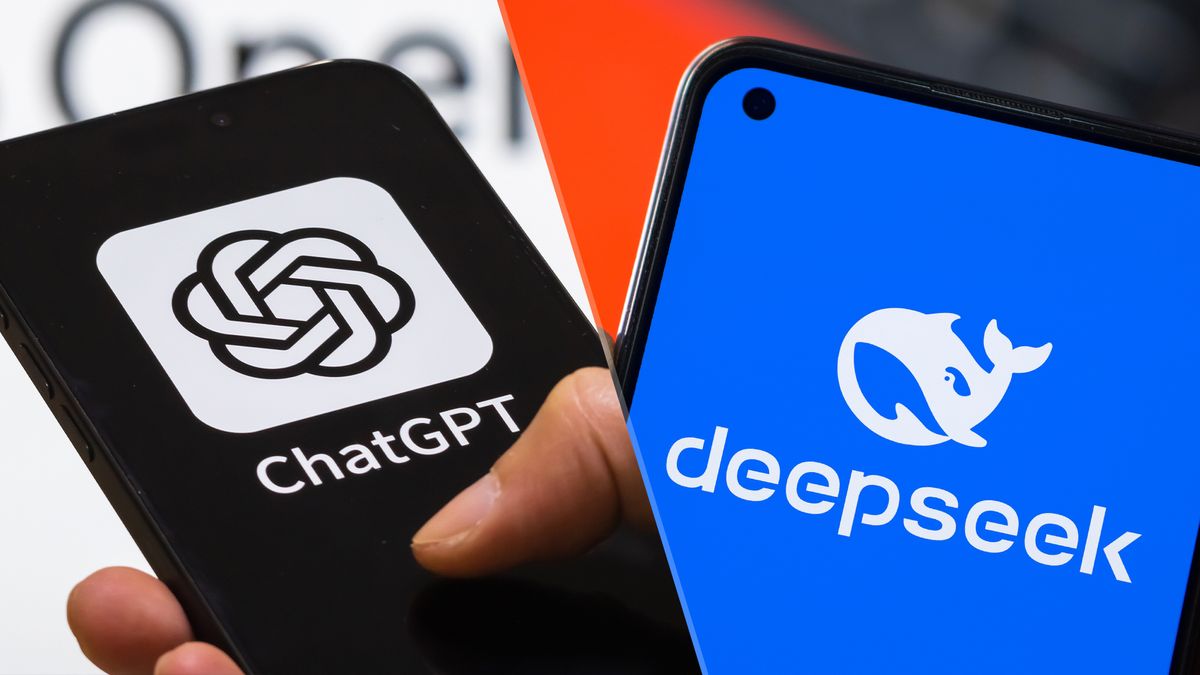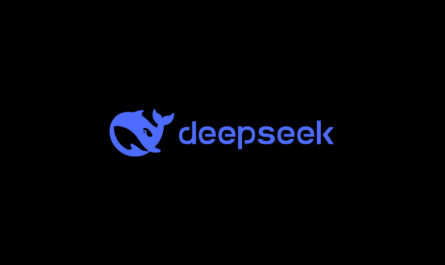A new chapter in artificial intelligence may have just begun — and it didn’t start in Silicon Valley. It began in China.
DeepSeek R1, a large language model (LLM) chatbot developed in China, has captured global attention for one astonishing reason: it reportedly rivals OpenAI’s ChatGPT in performance, yet was built for just $6 million.
The chatbot’s debut sent shockwaves through both the tech and financial worlds. Within days, Nvidia’s stock dropped 17%, reflecting investor concerns about the changing economics of AI development. DeepSeek’s emergence is now forcing the world to rethink what it truly costs to build cutting-edge artificial intelligence.
What Is DeepSeek R1?
DeepSeek R1 is a next-generation AI chatbot capable of understanding and generating human-like text — from writing essays and poetry to producing computer code and handling complex tasks. Functionally, it’s comparable to ChatGPT or Google’s Gemini, but it stands out for two key reasons: its low development cost and open-source foundation.
Despite its modest $6 million budget, DeepSeek has delivered performance that has impressed AI researchers worldwide. The project’s open-source approach sharply contrasts with the billion-dollar, closed-door strategies of companies like OpenAI and Anthropic.
By releasing its code and model architecture publicly, DeepSeek invites developers and researchers everywhere to inspect, improve, and adapt the technology — accelerating progress across the entire AI ecosystem.
How Did DeepSeek Keep Costs So Low?
According to Yann LeCun, Meta’s chief AI scientist, DeepSeek’s efficiency stems from its smart use of open-source components, including Meta’s own LLaMA framework.
Instead of building everything from scratch, the team used existing models, optimized training methods, and relied on smaller-scale hardware configurations. This approach slashed both compute and infrastructure expenses.
By contrast, American AI firms such as OpenAI and Anthropic have raised tens of billions of dollars to maintain massive proprietary systems. DeepSeek’s success has sparked an important debate: Has the AI race become unnecessarily expensive?
The $500 Billion Question
DeepSeek’s timing couldn’t be more striking. Its launch came just as the U.S. announced plans for a $500 billion “Stargate” AI supercluster, backed by former President Donald Trump, to secure America’s dominance in artificial intelligence.
But DeepSeek’s rise challenges that logic. If a competitive AI system can be built for under $10 million, then half-trillion-dollar investments may not be as essential as once thought.
Industry experts argue that the next wave of AI innovation will depend less on money and more on collaboration, open research, and engineering efficiency.
Innovation Under Pressure: China’s AI Strategy
DeepSeek’s story is particularly remarkable given the U.S. export ban on advanced Nvidia chips to China. The company reportedly trained its models using restricted versions of Nvidia’s processors — chips designed to comply with American trade regulations.
Ironically, these limitations may have encouraged innovation. By working with constrained resources, Chinese developers had to optimize efficiency, extracting maximum performance from limited hardware.
This “frugal innovation” model could redefine how AI is built — showing that ingenuity, not just funding, drives breakthroughs.
Privacy and Security Concerns
Despite its success, DeepSeek has also sparked privacy and data security concerns. Some reports suggest that user data might be shared with its parent company in China, though official details remain unclear.
Privacy advocates warn that Chinese tech firms operate under laws that require cooperation with government data requests, raising potential concerns for international users.
The parallels to the TikTok controversy are hard to ignore — both involve questions about how user data might be accessed or monitored.
Adding to the intrigue, DeepSeek’s servers were hit by a massive DDoS cyberattack shortly after launch, hinting that the platform may already be caught in the crossfire of global cyber and political tensions.
Open Source vs. Proprietary AI: The Philosophy Divide
DeepSeek’s biggest impact may not be technological but philosophical. Its open-source release reignited the debate over whether AI should be open and accessible or closed and proprietary.
OpenAI, Google, and Anthropic maintain strict control over their systems, citing safety and commercial reasons. DeepSeek’s team, however, argues that openness fosters transparency, collaboration, and faster innovation.
Yann LeCun called DeepSeek’s launch “a victory for open research,” emphasizing that when AI models are freely available, everyone benefits — from academic researchers to independent developers.
If open-source models continue to advance this rapidly, the dominance of Big Tech in AI could weaken, leading to a more democratized AI ecosystem.
A Turning Point for the AI Economy
DeepSeek’s affordability could permanently alter how the world views AI investment. For years, the assumption was that progress required massive budgets and supercomputing power. DeepSeek’s success challenges that narrative, showing that smart engineering and open collaboration can achieve similar — if not better — results.
Even Donald Trump acknowledged the development, suggesting that China’s ability to build powerful AI at low cost could force the U.S. to rethink its AI strategy.
As global competition heats up, one thing is clear: DeepSeek’s rise marks the intersection of technology, economics, and geopolitics in the AI era. Whether it ushers in balance or sparks a new kind of arms race remains to be seen.
The Bottom Line
DeepSeek R1 isn’t just another chatbot — it’s a symbol of how the world of AI is changing.
Built for $6 million, launched amid chip restrictions, and released as open source, it challenges everything we thought we knew about artificial intelligence development.
Its message is clear: innovation doesn’t require trillion-dollar budgets or corporate secrecy — it requires creativity, efficiency, and global collaboration.
If DeepSeek’s model spreads, the world could soon enter an era of affordable, transparent, and decentralized AI — not controlled by a few tech giants, but powered by a worldwide community of innovators.




